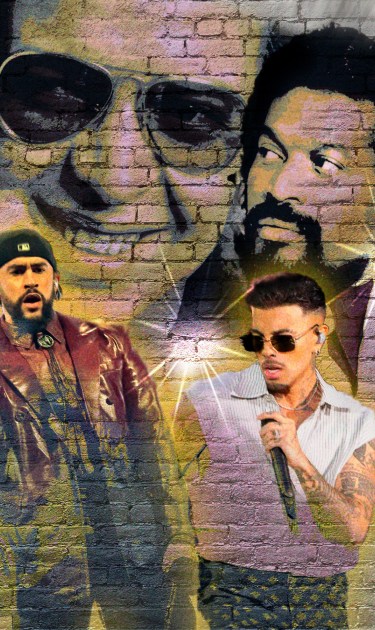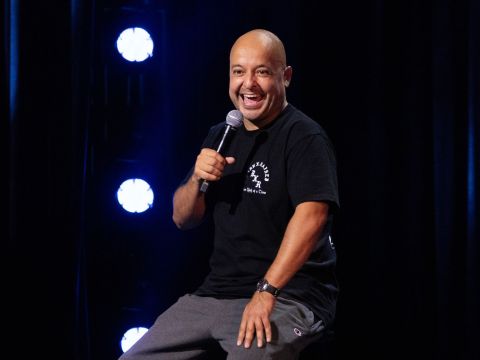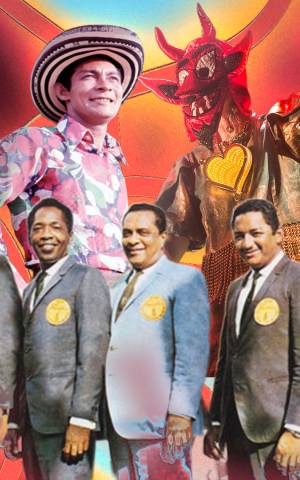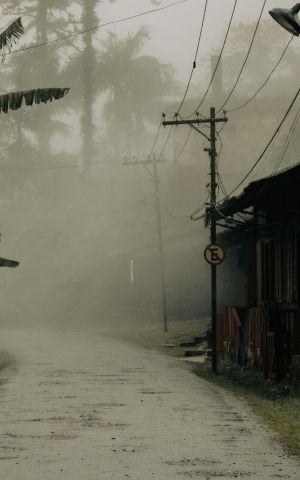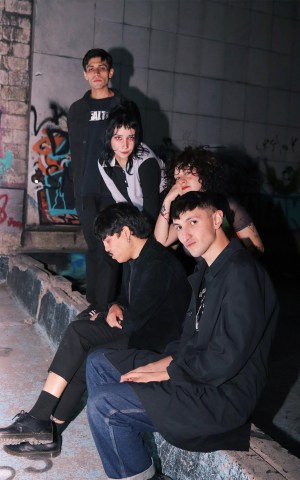As someone who didn’t grow up listening to salsa, it’s exciting to see how the genre is potentially making a mainstream comeback in the U.S. From Bad Bunny speaking it into existence in media outlets to Rauw Alejandro’s upcoming salsa-inspired album, it looks like a salsa resurgence is near. However, — make no mistake — the genre hasn’t gone out of style in its native Puerto Rico.
As a Mexican millennial from the West Coast, I didn’t grow up listening to salsa. Heck, I’ll be honest: being a southeast Angeleno with Tijuana-raised parents, I am more versed in rap or música mexicana than salsa. But the moment I landed in the Isla del Encanto last spring, it wasn’t too long before I found parallels in my Los Angeles experience to the pride PR locals show about pioneers who put their hometowns on the map. Puerto Rico exudes salsa greatness everywhere you look, while Angelenos embrace rap pioneers. Today, Boricuas proclaim their pride with beautiful murals around the island to celebrate the icons that once walked around their community’s landmarks. I was in awe to see brightly-colored art of talented salsero faces like those of Héctor Lavoe and Pete “El Conde” Rodríguez on walls of the Ponce and San Juan neighborhoods, just as I frequently see rappers like Nipsey Hussle or Kendrick Lamar around LA in neighborhoods like Crenshaw and Compton. It’s a way for the community to reiterate the importance of the historical genre in the present.
Walking around La Plaza del Mercado de Santurce – or La Placita, as residents call it – I saw that salsa is alive and well through the sounds of mundane activities. Whether blasting through the passing cars’ stereos or the local chinchorros’ karaoke, salsa is present in every corner. It was clear as I walked past Taberna Los Vázquez, a famous salsa restaurant-bar equipped with instruments like the maracas and trumpet to accompany karaoke singers brave enough to cover classics.
But I wanted to dig deeper. Is the genre just present on the island or is it also on the verge of a mainstream breakthrough? I’ve been noticing that salsa is coming back into conversations on the media, but what’s going on in the local scene? Driven by curiosity and thanks to Discover Puerto Rico, Remezcla got a closer look into what local guides and salsa musicians think about the possibility of the genre’s renaissance.

Let’s start with the local scene. During a salsa tour in Ponce, we visited vital spots such as the Paseo de la Salsa Jose “Cheo” Feliciano, which is known as a meetup point for people to dance and enjoy live salsa music. Though it’s a place where older Millennials, Gen X, and Boomers frequent, Melina Aguilar of Isla Caribe, a salsa tourist guide and expert, points out that the genre has captured the attention of younger salseros playing in bands. She tells me that salsa was fading when she was a kid, but now, in her 30s, she notices that teenagers and young adults are interested in the genre. “Even salsa orchestras by young people are being formed, which is really cool because we’re seeing a shift and a big interest in learning about this rhythm and exploring it,” she says. “I think salsa is having a big moment right now, and I haven’t seen that since the ’90s.”
Even salsa orchestras by young people are being formed, which is really cool because we’re seeing a shift and a big interest in learning about this rhythm and exploring it. I think salsa is having a big moment right now, and I haven’t seen that since the ’90s.
Aguilar’s perspective aligns with none other than Puerto Rican hitmaker Bad Bunny. In an interview from February, he noted that he was waiting for salsa to make a comeback. “I’ve been waiting for salsa to have its resurgence. There are some young salsa singers who are good and have incredible voices,” Benito said.
But what is the new crop of salseros saying? Kevin Gabriel, a 20-year-old salsa singer, states that new generations are coming into the genre. “We have seen a movement of young salseros, including those who have been lucky enough to branch out,” he says over the phone. However, he brings up the financial aspect of the struggle to break through. “There are many kids who do not have the capacity — let’s speak more directly — the financial capacity to invest in themselves. I have been lucky enough to be able to invest a little bit, not so much, a little bit strong enough to invest a little bit at a time, to be able to open my contacts.” Although Kevin Gabriel reiterates the difficulties of being an independent salsa artist, he still thinks a rebirth is on its way. Before hanging up, he adds, “I think salsa is, in my opinion, close to a little boom.”

Another young salsero, Ricardo Jesús, shares his views about the genre’s scene. At the time of our conversation, he was in Spain prepping for a performance. Ricardo Jesús is a vocalist for Conjunto Chaney, a popular salsa group formed in 1980 by Nicolás Vivas and Jerry Rivas. The 22-year-old has dedicated his life to salsa romantica for half of his life. “Nowadays, I’ve seen a lot of young talent emerge in the genre, and that’s a good thing,” he says. “And it’s quite recent, since the pandemic. The change has been quite substantial.” He also mentions how he and his colleagues, who are between 20 and 30 years old, are helping bring new audiences by being the faces of the ‘80s band. “With this new face, this new generation that just arrived, we’ve been able to reach the ears of [said] younger generations, just like us,” he adds.
But things aren’t just happening at a local level. On a larger scale, global artists are pushing the genre to the mainstream. Besides the Bad Bunny conversation, Rauw Alejandro is also teasing his new album Cosa Nuestra, which will pay homage to Willie Colón and Lavoe’s album by the same name. He recently did a Lavoe-inspired performance on national television, proving that the genre still inspires today’s stars.
While it’s unclear how this potential salsa boom could unfold, it was interesting to get a first-hand glimpse of how the genre is an integral part of Puerto Rican culture, just as hip-hop is in my hometown. It was also fascinating to see how locals play a big part in keeping the genre alive in their stomping grounds. Despite not hearing salsa every day growing up on the West Coast, it’s thrilling to now notice the genre’s growth in media conversations or national television performances – and ultimately, continue learning about the rich past, present, and future that surrounds it.

Now that we’re closer to realizing that prediction, we’ll be here to document salsa’s new wave.
Travel and accommodations were provided to the author by Discover Puerto Rico for the purpose of writing this story.
